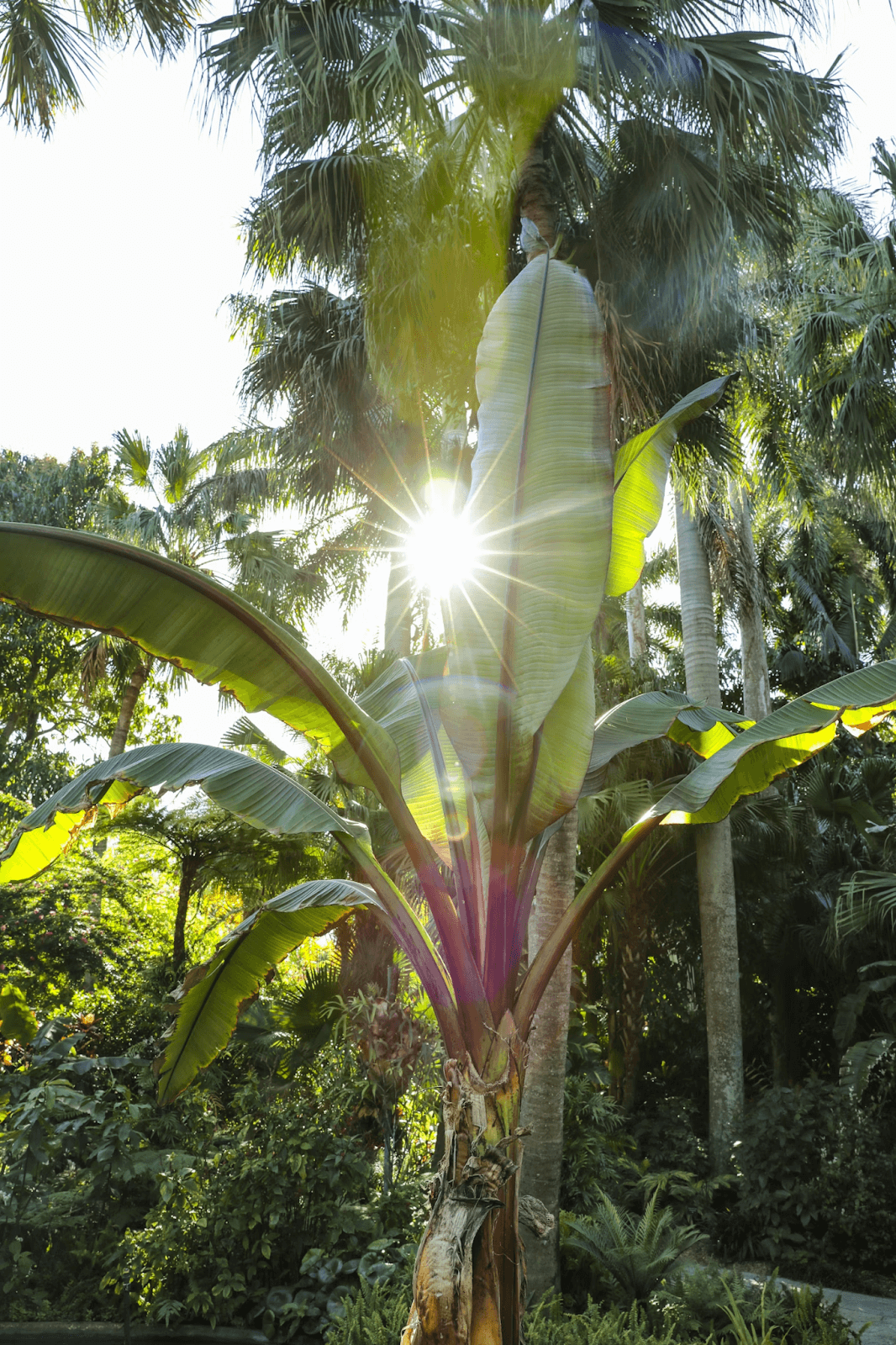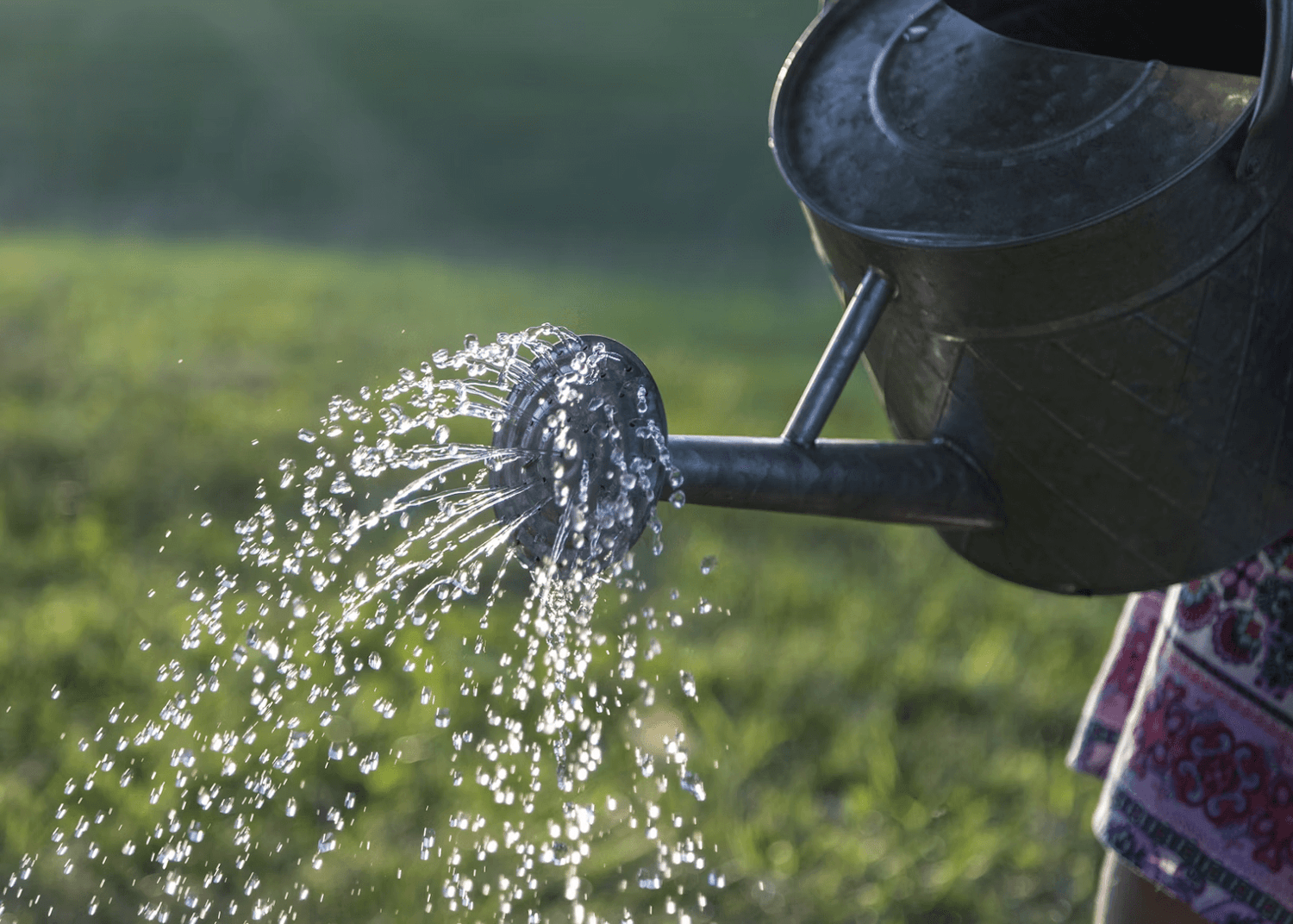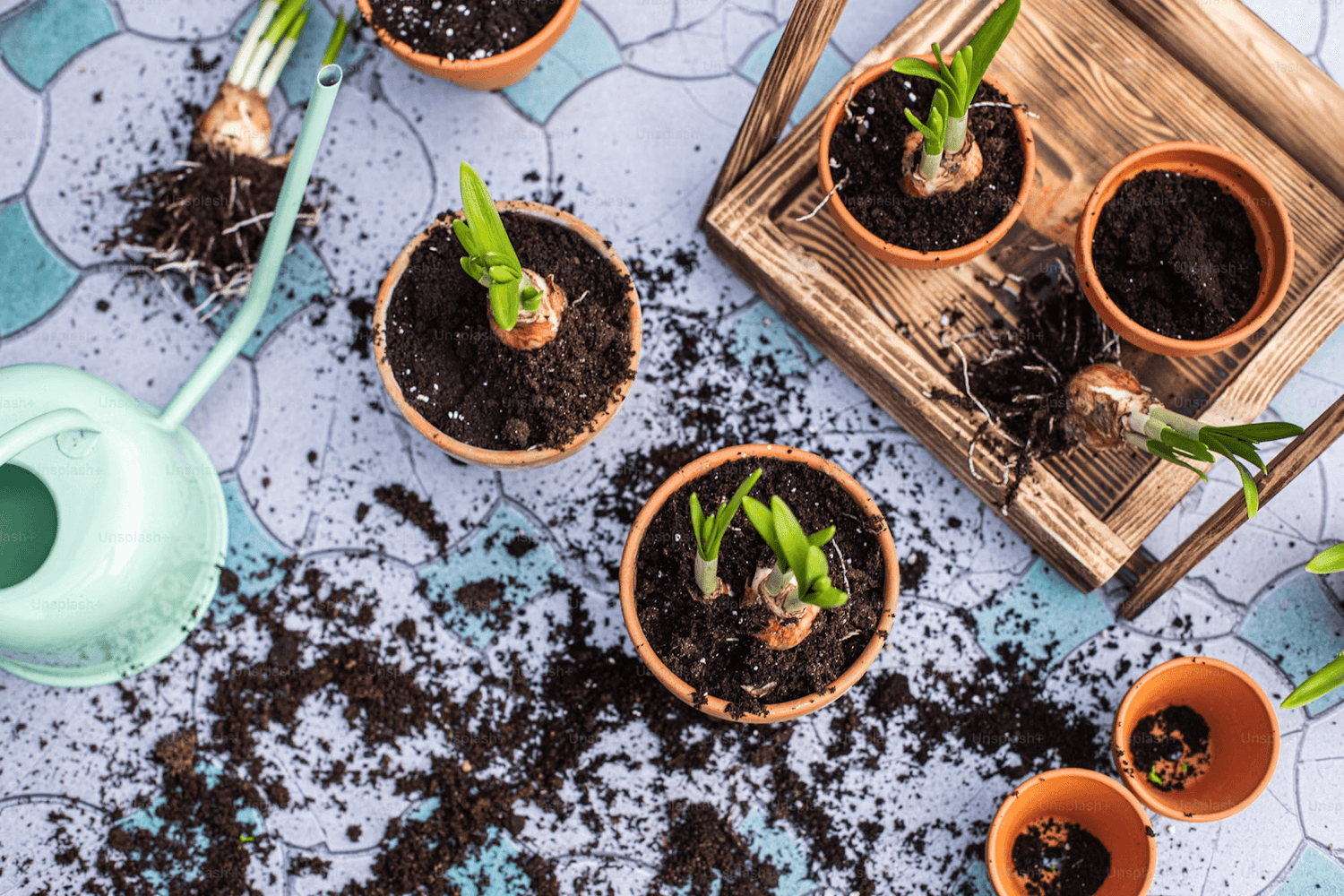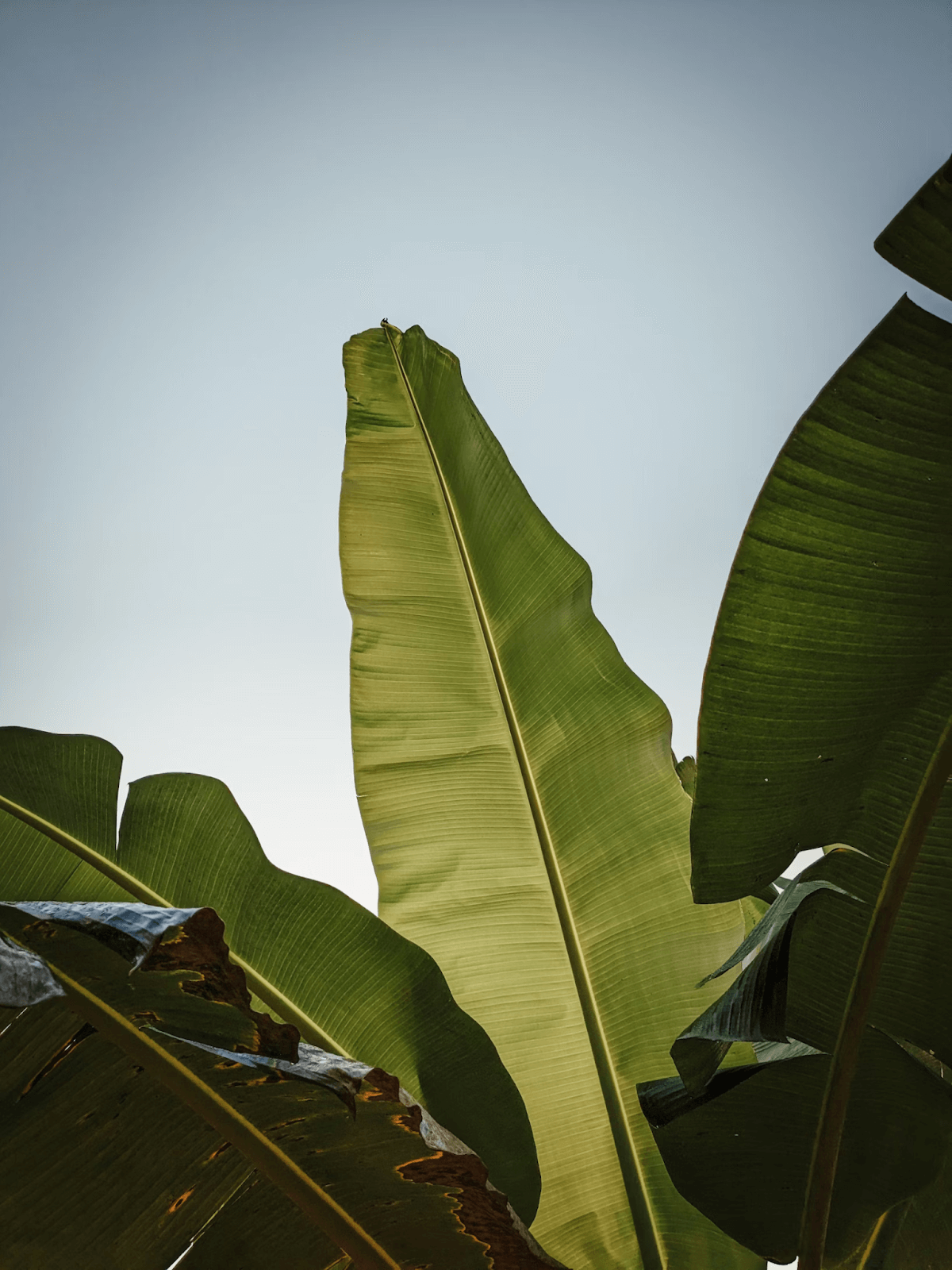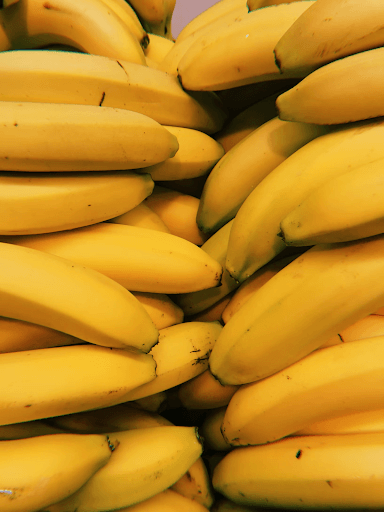Choosing the Right Location:
Picking the perfect spot for your banana tree is essential. Grand Nain Musa bananas grow well in full sun and well-drained soil with plenty of organic matter. Ensure the location offers protection from strong winds, as these can damage the large leaves. In the garden, provide plenty of space for your banana plants to spread their lush foliage, with spacing of 10 to 12 feet apart. Expect these giants to reach heights of 6 to 8 feet in their first year and up to 8 feet in subsequent years, with a width spanning 8 to 10 feet. They'll mirror these dimensions in pots, making them a stunning addition to any patio or deck.




